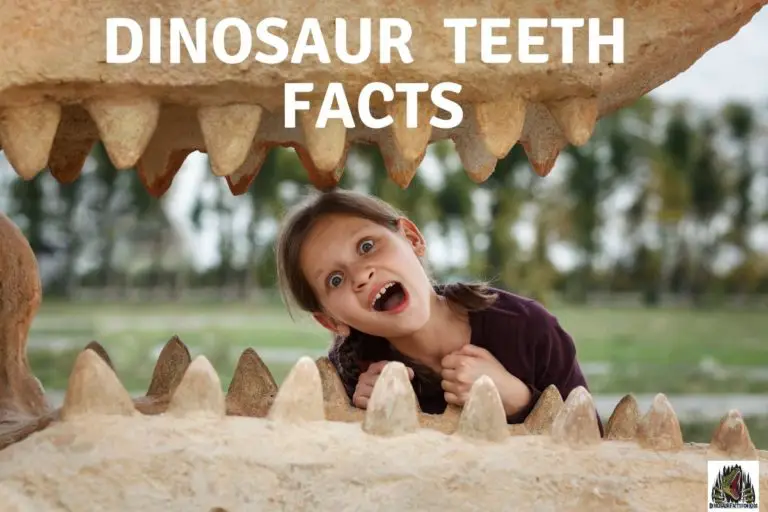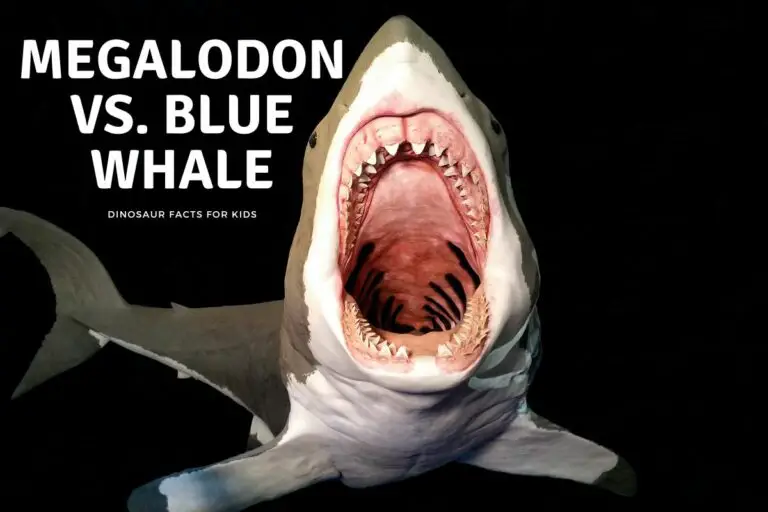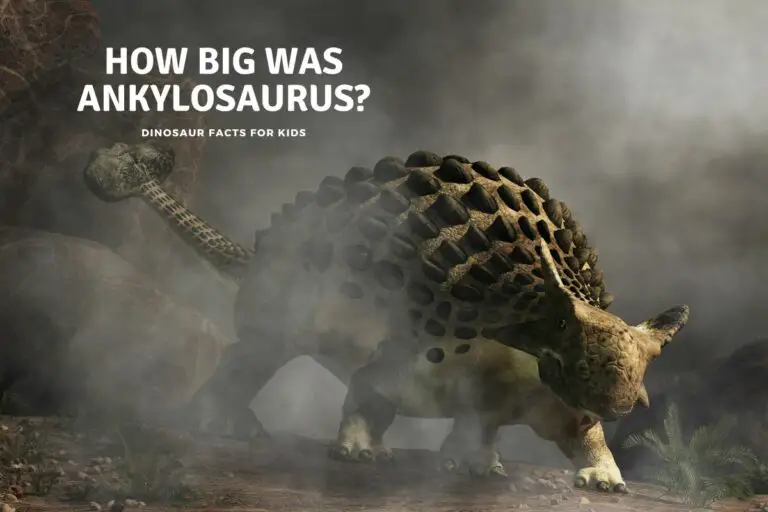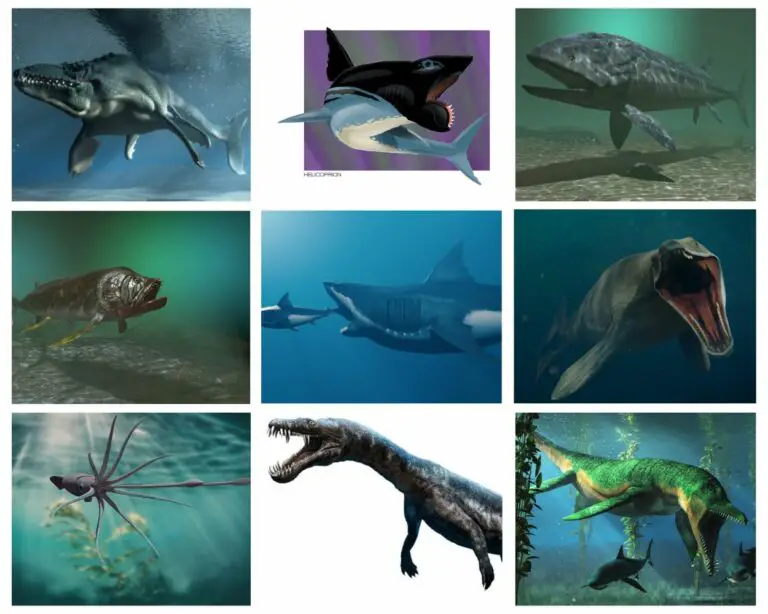T-Rex Arms
Almost since its discovery, the Tyrannosaurus rex – T-Rex for short – has been the top of both most famous and most popular of all the 1000 or so dinosaur species discovered so far. Huge jaws, massive size and a reputation to be a ferocious hunter. This is despite a T-rex arms being much shorter than you would expect. .
As one of the largest meat-eating dinosaurs that ever lived, its grand stature is undoubtedly impressive. But that one aspect that often incites curiosity and humor alike: its seemingly disproportionate, short arms.
The most popular theories for T-Rex evolving comparatively short arms to its size, include evolutionary trade offs as other, more useful anatomical features, evolved its arms become less important, use is display and reproduction, and as a weapon or gripping tool when hunting,
Often the subject of caricatures, jokes and memes, these pint-sized limbs strike a stark contrast with its colossal body and ferocious reputation. So, what’s the story behind the T-Rex’s tiny arms?
This article aims to answer some of those popular questions and give you some ideas to explore on the reasons why the T-rex had such short arms
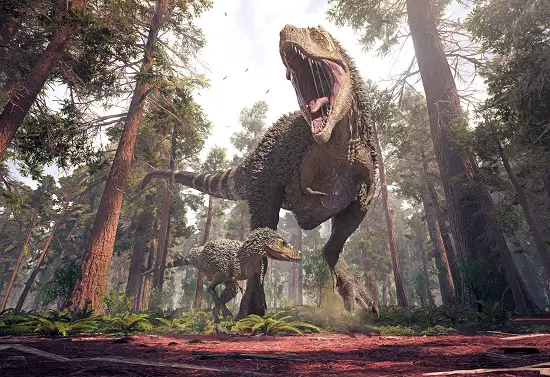
The T-Rex and Its Short Arms.
The tale of the T-Rex begins in the late Cretaceous period, around 68 to 66 million years ago. These most famous and popular of all dinosaurs roamed the earth, predominantly in what is now Western North America, but there were relatives all over the world.
The first T-Rex fossils were discovered in the early 20th century, and while it was no doubt an alpha predator and top of its food chain, its puny arms became the subject of speculation and debate. ( and jokes!).
The arms were disproportionately short compared to the overall body size, and many initially thought them to be vestigial or unused. However, over time, and as more and more T-Rex Fossils have been discovered, multiple theories evolved about the purpose and function of these short arms.
we take a look at the size, shape and reasons why t-Rex may have had such short arms in the article below.
Anatomy of a T-Rex Arms
When it comes to understanding the arms of a Tyrannosaurus rex, it’s essential to start with their anatomy. Compared to the dinosaur’s overall height, which could reach 15 feet or more and length of around 40 feet, its arms were surprisingly small.
In fact, they measured just about 3 feet in length — roughly the length of a human arm. ( a long one to be fair) However, where these arms lacked in length, they made up for it in strength, power and muscles
Each arm was equipped with two clawed fingers, (we have one of these and include a picture below) rather than the three seen in most of T-Rex’s theropod relatives. While some early illustrations mistakenly depicted the T-Rex with three fingers, more recent fossil discoveries have confirmed the presence of only two.
These fingers were tipped with large, hooked claws that could grow up to four inches in length. A smaller, vestigial third digit, similar idea to a dewclaw in dogs, was sometimes present but lacked functionality.
The structure of the arm bones shows they were strong despite their size. The humerus (upper arm bone) was short and thick, and likely had considerable strength. The radius and ulna — the two bones of the lower arm — were similarly thick and powerfully built. Though prehaps not as flexible and moveable as our own arms.
By modern standards, the strength to weight ratio was impressive. Some research even suggests that each of the T-Rex’s biceps could lift up to approximately 430 pounds — a feat few humans could match.
However, when compared to other theropods and even some present-day animals, the T-Rex’s arms still seem peculiar. Carnotaurus, another theropod, had arms even shorter than T-Rex, but it also had a smaller body size.
Among present-day creatures, the arms of the T-Rex are perhaps more closely compared to the flippers of a penguin or a seal— short and sturdy limbs on a large body, optimized for a specific purpose. ( though we are not suggesting that was their use!
Evolutionary Theory: Why Were T-Rex Arms So Short?
The short arms of a Tyrannosaurus rex have long puzzled scientists, and there are plenty of theories about why they evolved to be so small.
Many theories centre around the fact that T-Rex’s gigantic, powerful jaws, with their huge bite forces made its arms pretty much unnecessary for hunting and feeding. Consequently, over generations, the arms could have become smaller.
Another theory is the principle of evolutionary trade-offs. As the T-Rex evolved, certain features, such as its massive head and jaws, might have grown at the expense of others. Maintaining a large head and powerful bite, while also having long, robust arms, would demand significant energy and resources, a balance that evolution might not have favored.
Also it has been suggested that the arms were not merely reduced in size but adapted for a specific purpose: delivering powerful slashing blows to prey. The short, strong arms and those two sharp claws, could inflict serious wounds, helping the T-Rex to subdue its quarry.
It’s also worth considering that the T-Rex’s arms may have been short for the simple reason of avoiding self-inflicted injury. This theory has become more popular recently. With such a massive head and powerful bite force, long arms might have been at risk during enthusiastic feeding or hunting.

Functionality: What Did T-Rex use its Arms For?
As there is so much debate about why the T-Rex’s arms were so short, the question arises: what use did these the short arms of a T-Rex serve? The truth is, we don’t know for sure, but there are quite a few theories and we take a look at the most popular of them below.
One theory is that T-Rex used its arms for grabbing prey during an attack. Even though their arms were comparatively small in size, the arms were strong, possibly allowing the T-Rex to grasp and hold onto struggling prey while its powerful jaws delivered the killing bite.
Along the same lines another theory suggests that the arms could have played a role in hunting and may have been used for slashing or wounding prey. like a velociraptors feet claws, Although they couldn’t reach far, their strength and sharp claws could inflict damage and the 5 inch long T-Rex claw we have is would have certainly caused damage. you can see a picture of our T-Rex claw below..
Another possibility is that the arms were used during reproduction, helping the T-Rex hold onto each other.
Some scientists also suggest that the arms could assist the dinosaur in rising from a resting position, providing leverage to move that massive body from the ground.
Lastly, the arms could have played a role in intimidation displays or intra-species combat, much like the antlers of a deer or the mane of a lion, and this was demonstrated in the dinosaur documentary Prehistoric Planet although not in the form of a T-Rex, but in the form of a Carnotaurus. – You can check out the video below to see how it used its arms for display.
Debunking Popular T-Rex Arm Myths
The short arms of the T-Rex are often a source of amusement and jokes, we even have some in our dinosaur jokes, and T-Rex jokes pages here on the site. They are also the basis for many myths. Here, we debunk some of the most common misconceptions:
Myth 1: T-Rex arms were useless – Despite their small size, the T-Rex arms were far from useless. They were strong and muscular, with sharp claws, indicating that they were functional and served specific purposes.
Myth 2: T-Rex had the shortest arms of all dinosaurs – This is incorrect. While the T-Rex arms were short relative to its body size, some dinosaurs, like the Carnotaurus, had proportionally shorter arms.
Myth 3: T-Rex arms were vestigial – While it’s true that they were shorter than those of other similar-sized dinosaurs, T-Rex arms were not vestigial. ( not used or once larger and more important) They were robust and showed signs of powerful musculature, suggesting that they were actively used.
Myth 4: T-Rex could not touch its own face or mouth – This is likely untrue. Given the structure and range of motion of T-Rex’s arms and neck, they would probably have been able to reach its face or mouth, despite their short length. Though maybe not to scratch their nose!
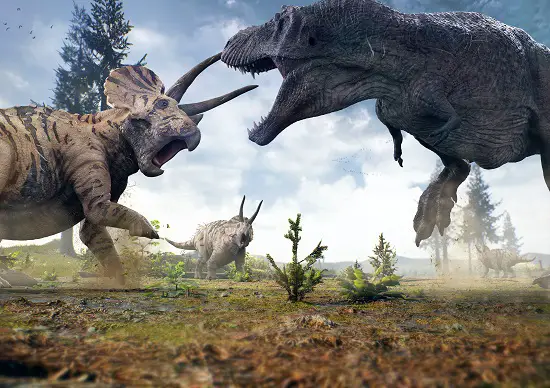
Unanswered Questions and Ongoing Research
Despite plenty of research and theories, there remain many unanswered questions about the T-Rex’s arms. Why did they have just two fingers while most of their theropod relatives had three? Why did they not become completely vestigial if they were of minimal use for feeding or hunting?
Ongoing research continues to address these questions. Paleontologists are continually discovering new T-Rex specimens that provide more clues about their anatomy and evolution. New technologies, such as 3D scanning and computer simulations, also allow scientists to test theories in ways that were not previously possible.
For example, biomechanical modelling can help researchers understand how T-Rex might have used its arms for different activities. Isotope analysis of T-Rex arm bones can provide insights into their growth and usage patterns.
With each new study, we get one step closer to understanding the fascinating story of the T-Rex and its short arms.
Conclusion
The peculiar arms of the Tyrannosaurus rex, short yet powerful, seemingly disproportionate yet purposeful, these arms have been the subject of curiosity, humor, and rigorous scientific inquiry.
These arms may have evolved to be short due to a variety of factors, including changes in hunting techniques, the need to avoid self-inflicted injuries, or the growth of other body parts like the head and jaws.
The research will continue, and hopefully more definitive answers will be found to why T-Rex had short arms, In the meantime you can check out the F.A.Q section we have below to learn some more!
Frequently asked questions
1. Did T-Rex have the shortest arms of all dinosaurs?
No, T-Rex did not have the shortest arms of all dinosaurs. While its arms were short relative to its body size, other dinosaurs had shorter arms in terms of absolute length. For example, the abelisaurids, a family of theropod dinosaurs, had even shorter arms.
Carnotaurus, a member of this group, had arms that were proportionally shorter compared to the T-Rex. This was demonstrated in the first season of Prehistoric Planet when it used those short arms to attract a mate.
2. How strong were T-Rex arms?
Despite their small size, T-Rex arms were actually quite strong. Some researchers estimate that T-Rex could curl weights of up to 430 pounds (195 kg) with each arm.
Their arms were robust, with two clawed fingers, capable of grasping and possibly restraining prey and even scratching, carefully we imagine, an itchy T-rex chin.
3. Would T-Rex eventually have had no arms?
This is purely speculative, as we can’t predict the course of evolution with certainty. However, most scientists think it’s unlikely. While T-Rex’s arms were small relative to its body, they likely still served some kind of purpose.
If they had become completely useless, evolutionary pressure might have led to them disappearing altogether, but that wasn’t the case and whatever theory on their use you may follow, there seems to be consensus that they at the very least did have a use!
4. What did the T-Rex use its arms for?
This is still a matter of ongoing research and there is no definitive answer. Some scientists propose they could have been used for holding onto prey, helping in mating rituals, or even assisting the T-Rex in getting up from a prone position.
The arms may have been small, but they were not vestigial— they had comparatively big muscles and certainly had some functions
5. How did T-Rex’s arms evolve to be so short?
Again, this is still not fully understood and is a topic of ongoing research. Some scientists suggest that as the T-Rex’s head and jaws became larger and more powerful, its arms became less necessary for hunting and thus evolved to be smaller.
Other scientists propose the arms may have reduced in size to prevent injury or damage during hunting or feeding, those large jaws thrashing and biting were a not just a risk to the dinosaurs it was hunting!
6. Why did T-Rex have two fingers when other dinosaurs had three?
The T-Rex, as part of the Tyrannosauridae family, is distinct for having only two functional fingers. In contrast, many other theropods (bipedal, mostly carnivorous dinosaurs), including some of T-Rex’s relatives, had three fingers.
While the exact reason for these two, instead of three, fingers is still debated, several theories have been suggested. One is that the third finger became reduced and eventually lost over generations due to lack of use or evolutionary pressure, much like the T-Rex’s short arms.
Another theory suggests that having two fingers could be more beneficial for the T-Rex’s hunting style. The two-fingered hand, equipped with large, curved claws, would be sufficient for gripping and slashing, which is one of the suggested uses of the T-Rex hand.
7. How long were a T-Rex Arms
As we mentioned above a T-Rex, despite its massive size, had relatively short arms, Its arms measured up to 3 feet or just under one metre in length but were as stocky and muscular as they were short. Estimates suggest due to the bone structure and accomaining muscle they may have been able to lift over 400 lbs each. That’s about 3 people in weight!
References
- Carpenter, K. (2002). Forelimb biomechanics of nonavian theropod dinosaurs in predation. Senckenbergiana lethaea, 82(1), 59-76. – A study on the functionality and biomechanics of theropod arms, including T-Rex.
- https://www.discovermagazine.com/planet-earth/why-did-t-rex-have-such-tiny-arms-to-keep-them-out-of-the-way
- https://cmns.umd.edu/news-events/news/umd-paleontologist-thomas-r-holtz-jr-helps-unravel-microscopic-mysteries
- Brusatte, S. L., Carr, T. D., & Norell, M. A. (2012). The Osteology of Alioramus, a Gracile and Long-Snouted Tyrannosaurid (Dinosauria: Theropoda) from the Late Cretaceous of Mongolia. Bulletin of the American Museum of Natural History, 366(1), 1-197. – A study on tyrannosaurids that offers insights into their diversity and evolution.
- Senter, P., & Robins, J. H. (2005). Range of motion in the forelimb of the theropod dinosaur Acrocanthosaurus atokensis, and implications for predatory behaviour. Journal of Zoology, 266(3), 307-318. – A research paper providing details about the range of motion in theropod arms.
- Bates, K. T., & Falkingham, P. L. (2012). Estimating maximum bite performance in Tyrannosaurus rex using multi-body dynamics. Biology letters, 8(4), 660-664. – A study on the T-Rex’s bite force, providing insights into how it may have relied less on its arms for predation.
- https://www.bbc.com/future/article/20221025-why-did-t-rex-have-such-puny-arms#:~:text=With%20arms%20that%20might%20measure,idea%20what%20they’re%20for.
Hi, I am Roy Ford a General Studies and English Teacher who has taught all over the world. What started as a fossil collection became a great way to teach, motivate and inspire students of all ages and all over the world about dinosaurs and from that and children’s love of dinosaurs came the site dinosaur facts for kids, a resource for all ages.


